If you're new to cattle farming or simply fascinated by life on the ranch, you've probably heard terms like heifer, bull, or seed stock and wondered what they mean. Learning these basics will help you understand how herds are managed, how breeding works, and what makes each animal unique. Here's a beginner-friendly guide to 10 common cow terms, explained in a simple, question-and-answer style.
1. What is a cow?
A cow is a fully mature female bovine that has given birth to at least one calf. Whether part of a dairy or beef herd, a cow is an experienced mama and often the calm, steady leader of the group. In cattle farming, cows are the backbone of any operation, producing milk, calves, and generations of strong genetics.
2. What is a heifer?
A heifer is a young female bovine that hasn't had a calf yet, or is about to have her first. Think of her as a teenage cow, still growing and learning before she becomes a full-fledged mother. Once a heifer has her first calf, she officially becomes a cow. Ranchers often keep their best heifers to strengthen their future breeding stock.
3. What is a bull?
A bull is an uncastrated male bovine that's capable of breeding. Bulls are muscular, powerful, and essential for producing the next generation of cattle. Because of their strength and natural instincts, bulls require careful handling and secure fencing. In most herds, a few high-quality bulls are used to breed dozens of cows each season.
4. What is a steer?
A steer is a male bovine that has been castrated, usually when young. Steers are raised primarily for beef rather than breeding. Since they don't produce testosterone, their meat tends to be more tender and marbled than that of bulls. In the world of cattle farming, steers are the main source of high-quality beef for consumers.
5. What is a cleanup bull?
A cleanup bull is used after artificial insemination (AI) to ensure all cows get bred. About two weeks after AI, the cleanup bull is turned out with the herd to breed any cows that didn't conceive artificially. This guarantees a higher pregnancy rate and a more synchronized calving season. It's a natural, reliable backup system used by many cattle farmers.
6. What is a calf?
A calf is a young bovine less than a year old. Both male and female babies are called calves, though you may hear bull calf for males and heifer calf for females. Calves typically nurse from their mothers until they're weaned, and watching them play and grow is one of the most rewarding parts of raising cows.
7. What are beef cattle?
Beef cattle are breeds raised specifically for meat production. Popular beef breeds include Angus, Hereford, and Simmental. These cattle are bred to build muscle efficiently, producing flavorful, well-marbled beef. Beef cattle are stockier than dairy cattle, and ranchers focus on traits like growth rate, carcass quality, and feed efficiency.
8. What are dairy cattle?
Dairy cattle are bred to produce large quantities of milk. Breeds like Holstein, Jersey, and Brown Swiss are known for their high milk output and calm personalities. Dairy cows have leaner builds and larger udders than beef cows. While they can still be used for beef after their milking years, their primary role in cattle farming is milk production.
9. What is seed stock?
Seed stock refers to cattle raised for breeding rather than for immediate beef production. These animals carry desirable genetics that can improve future generations. Farmers who raise seed stock focus on producing top-quality bulls and heifers to sell to other herds. In short, seed stock are the "foundation animals" that help build better, stronger herds across the cattle industry.
10. What is a Simmental?
Simmental cattle are a Swiss breed originally developed for both milk and meat production. In the U.S., they're primarily raised as beef cattle. Known for their calm temperament, strong build, and excellent mothering instincts, Simmentals are a popular choice for ranchers who value both quality beef and easy-to-handle animals. Many modern herds include Simmental-Angus crosses to combine beef quality with docility.
Final Thoughts
Understanding these cow terms is a great first step toward learning the language of ranching. From newborn calves to seasoned cows, every animal has a role in the cycle of cattle farming. Whether you're raising your own herd or just love following farm life, these basics give you the foundation to appreciate the care, strategy, and hard work that go into raising healthy, happy cattle.

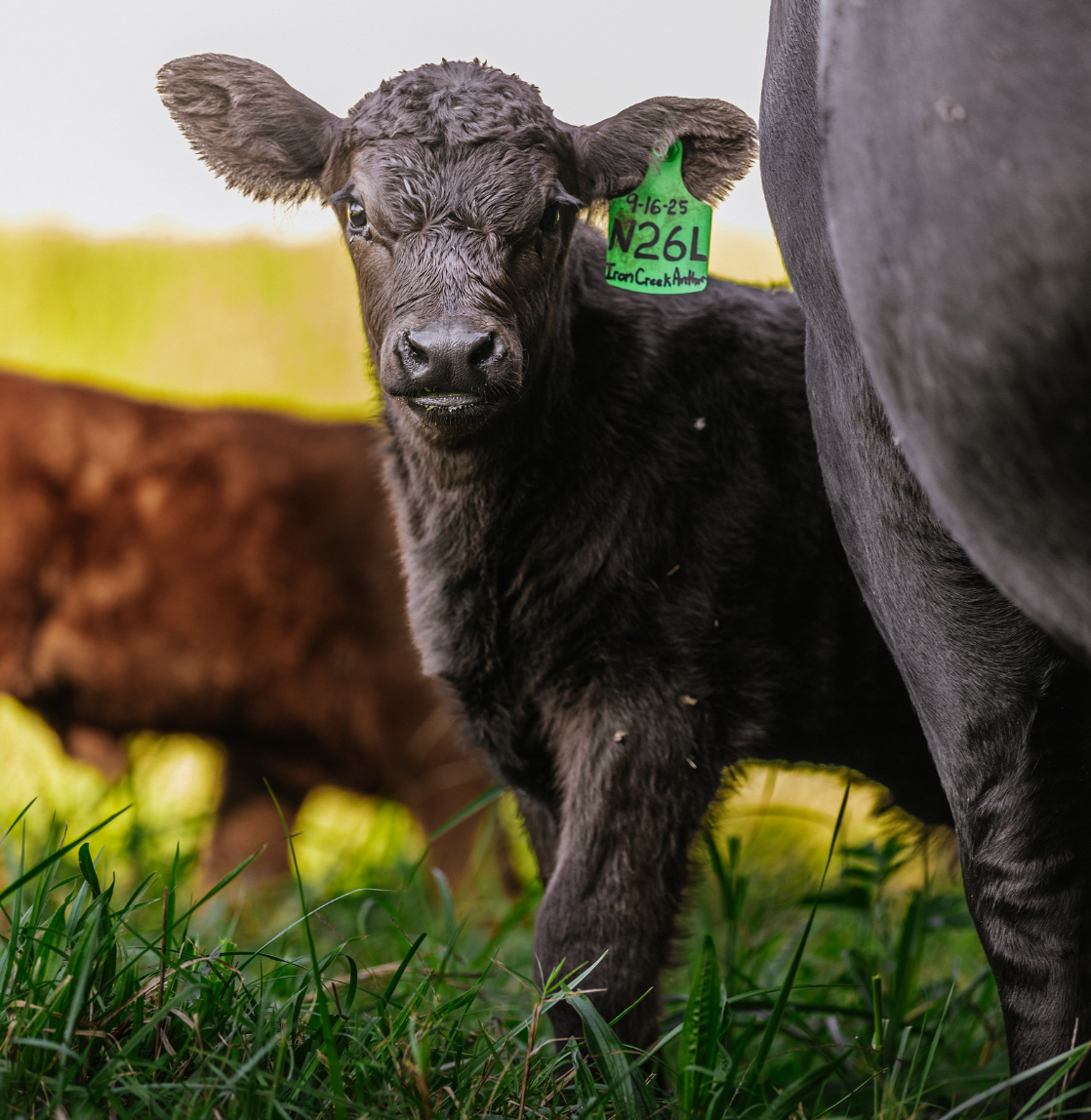
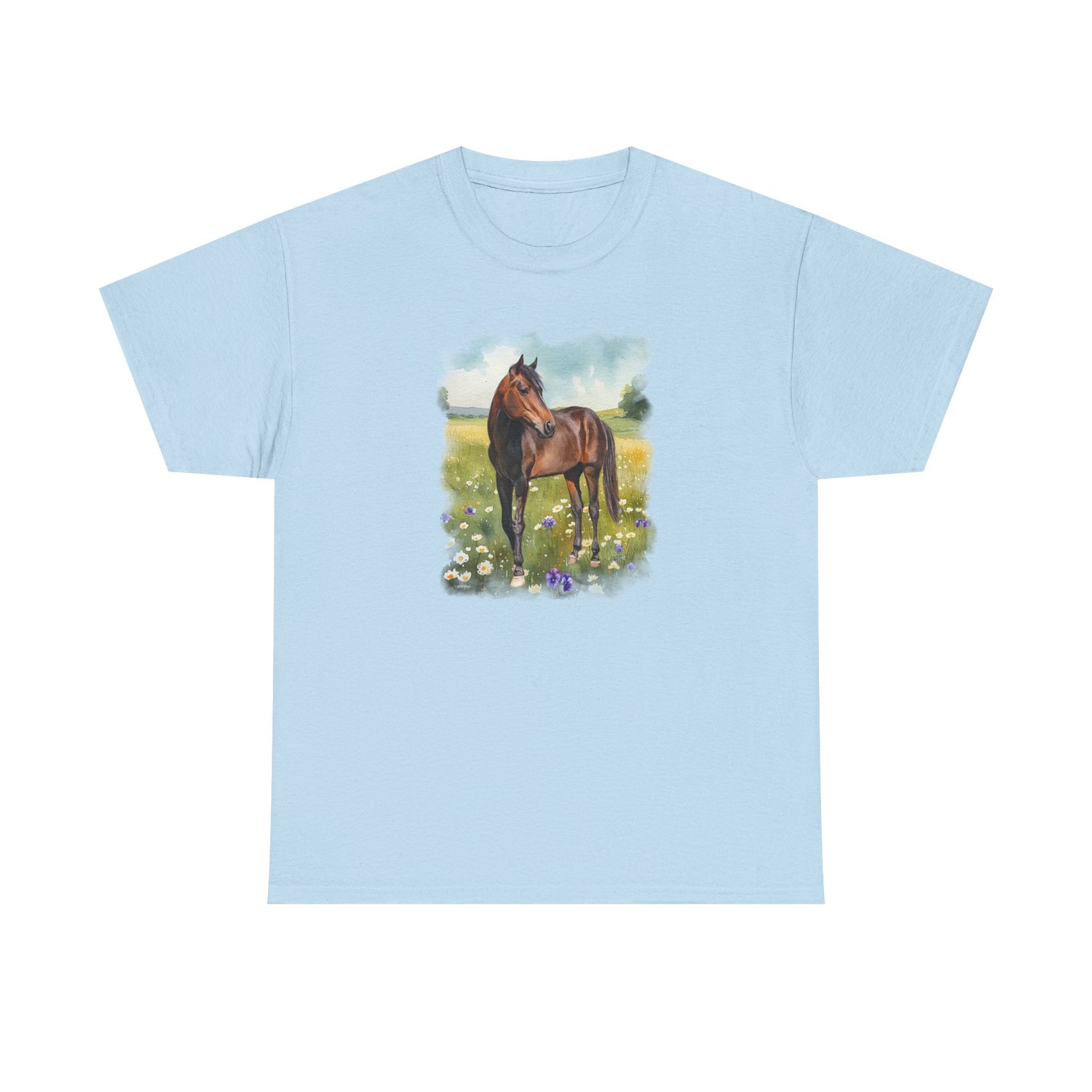
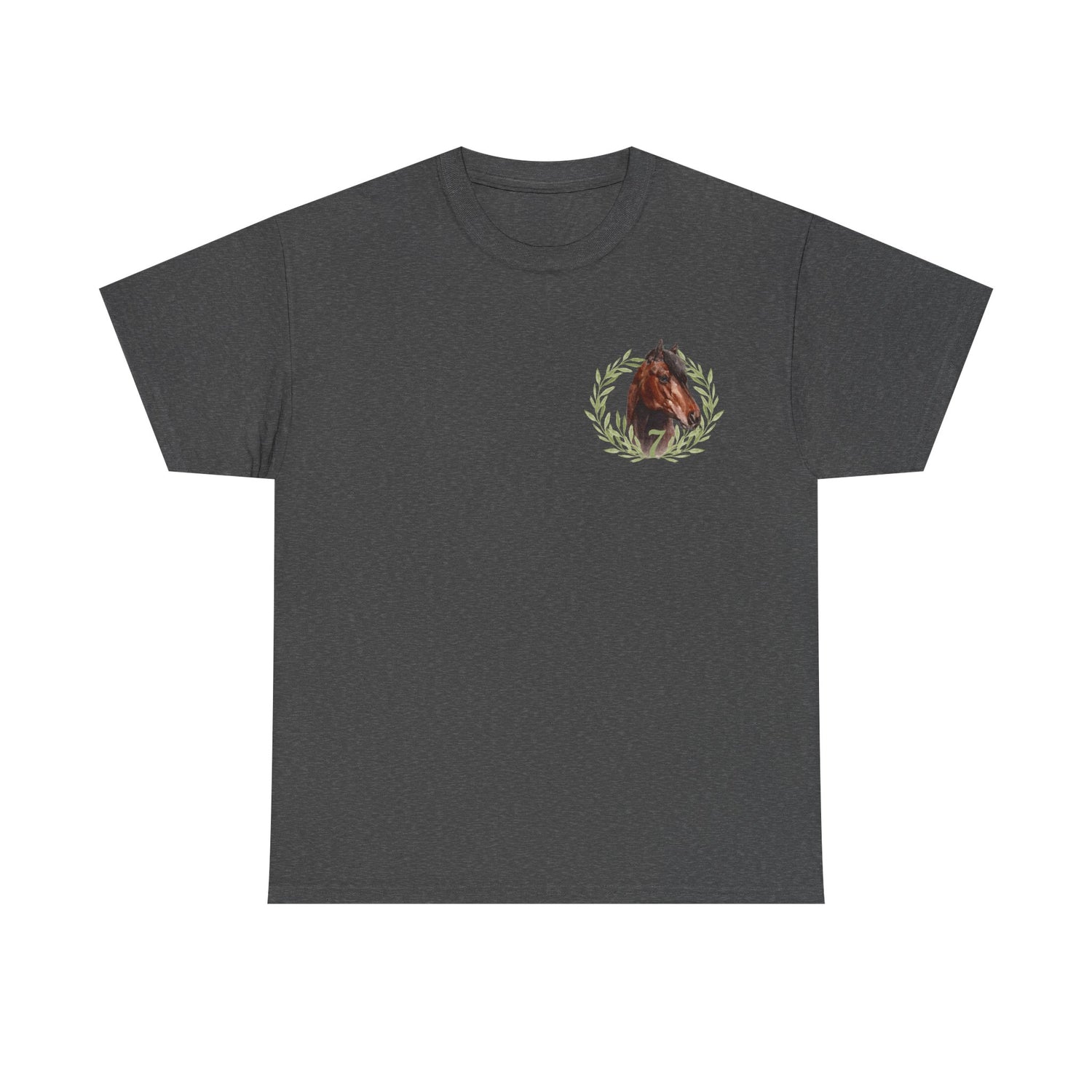
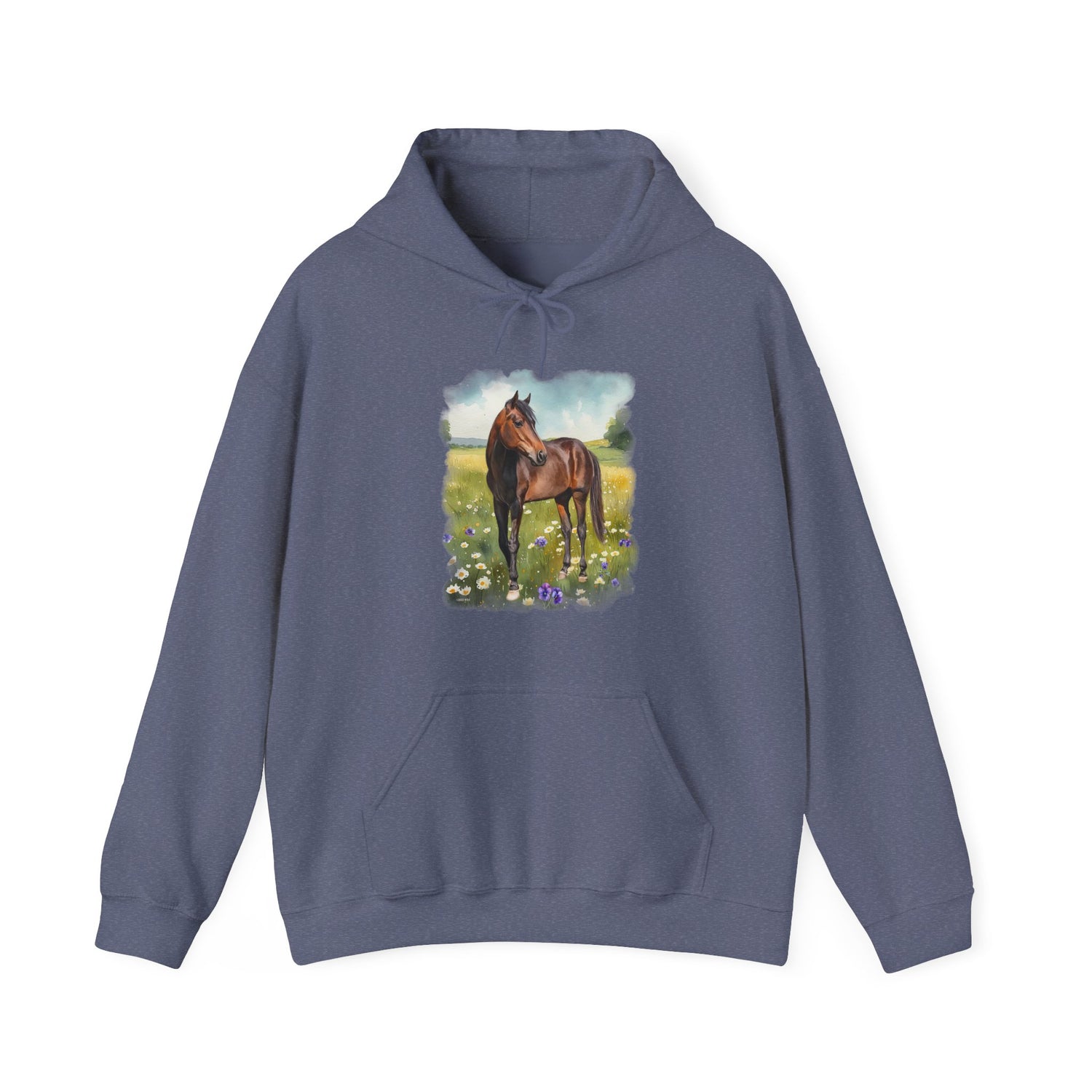
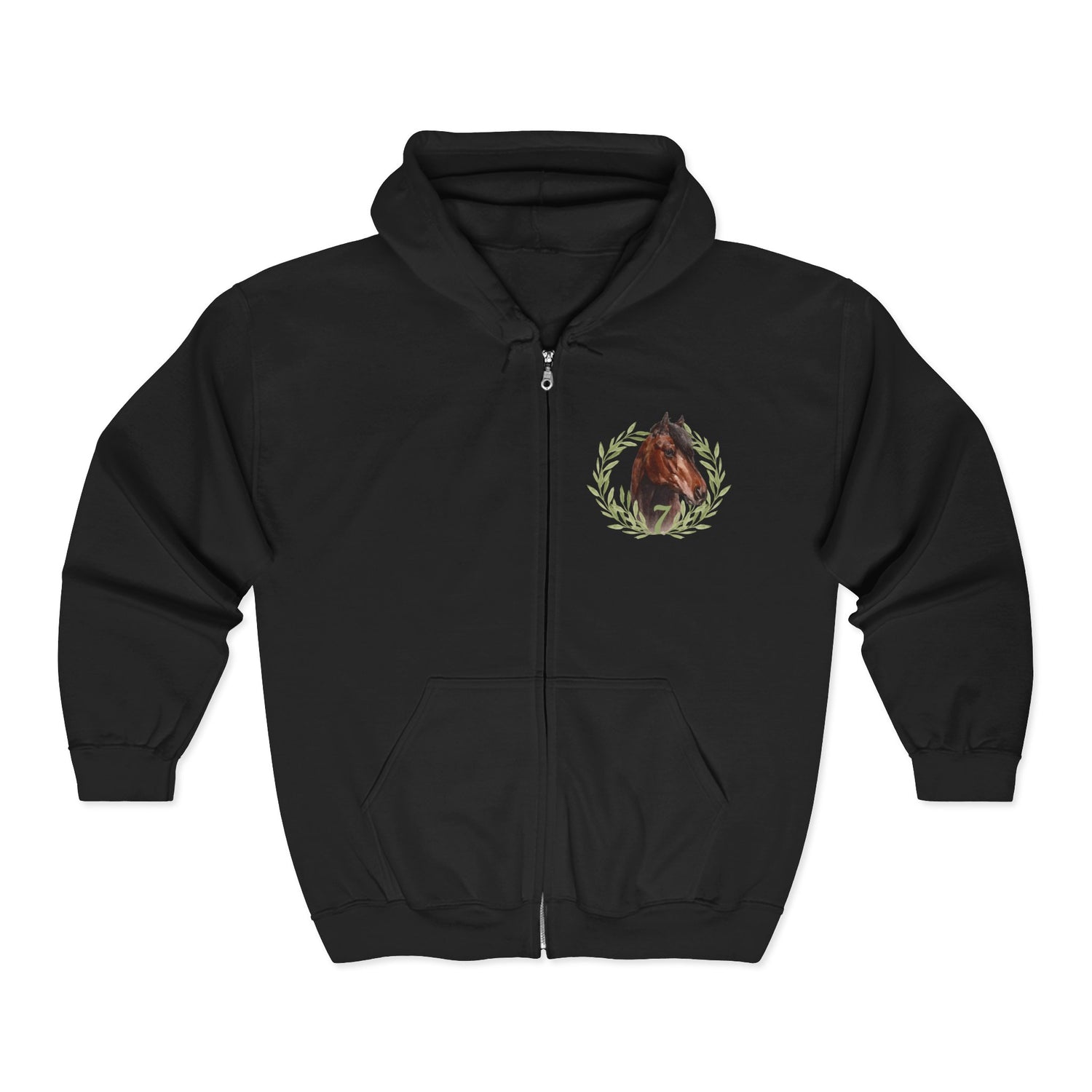
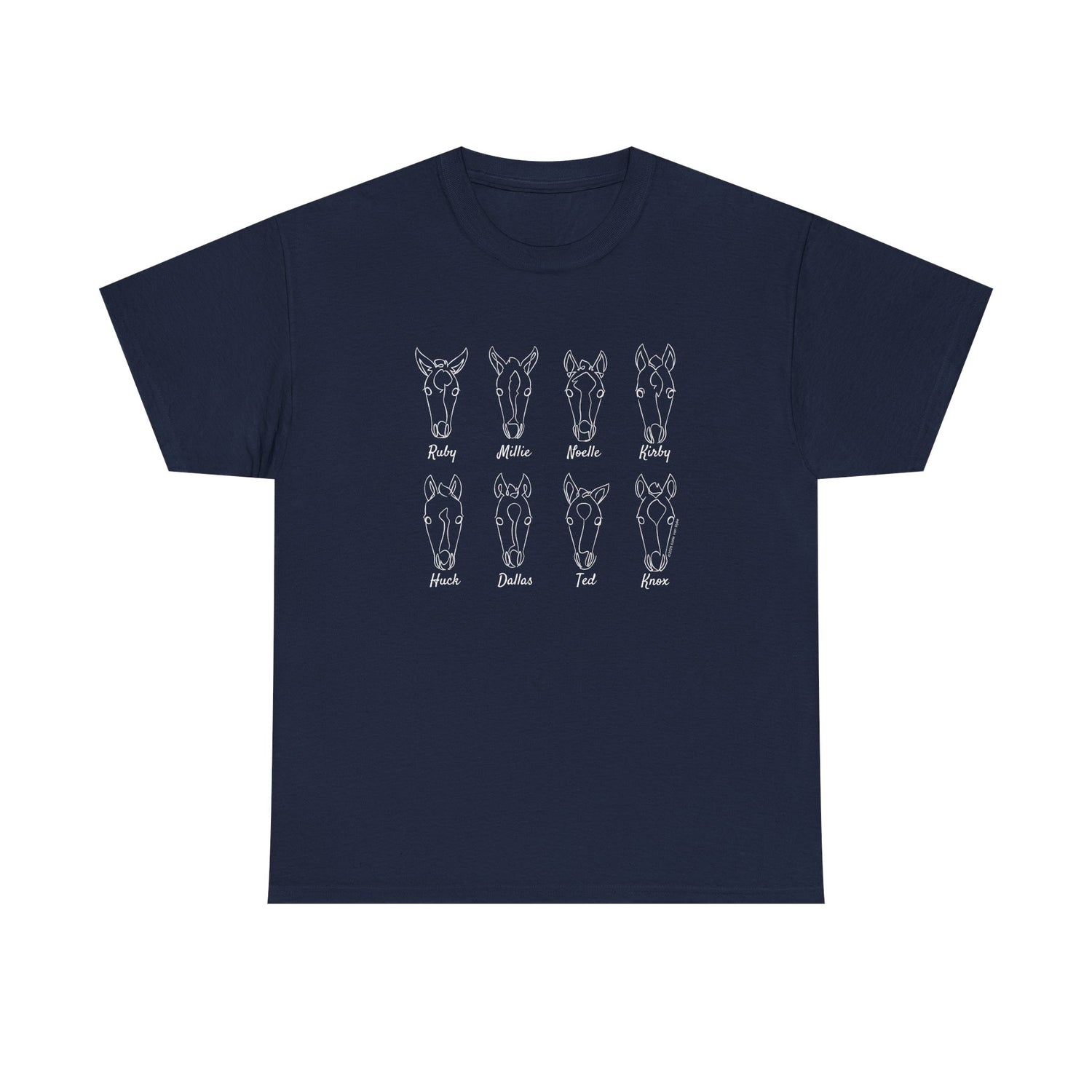
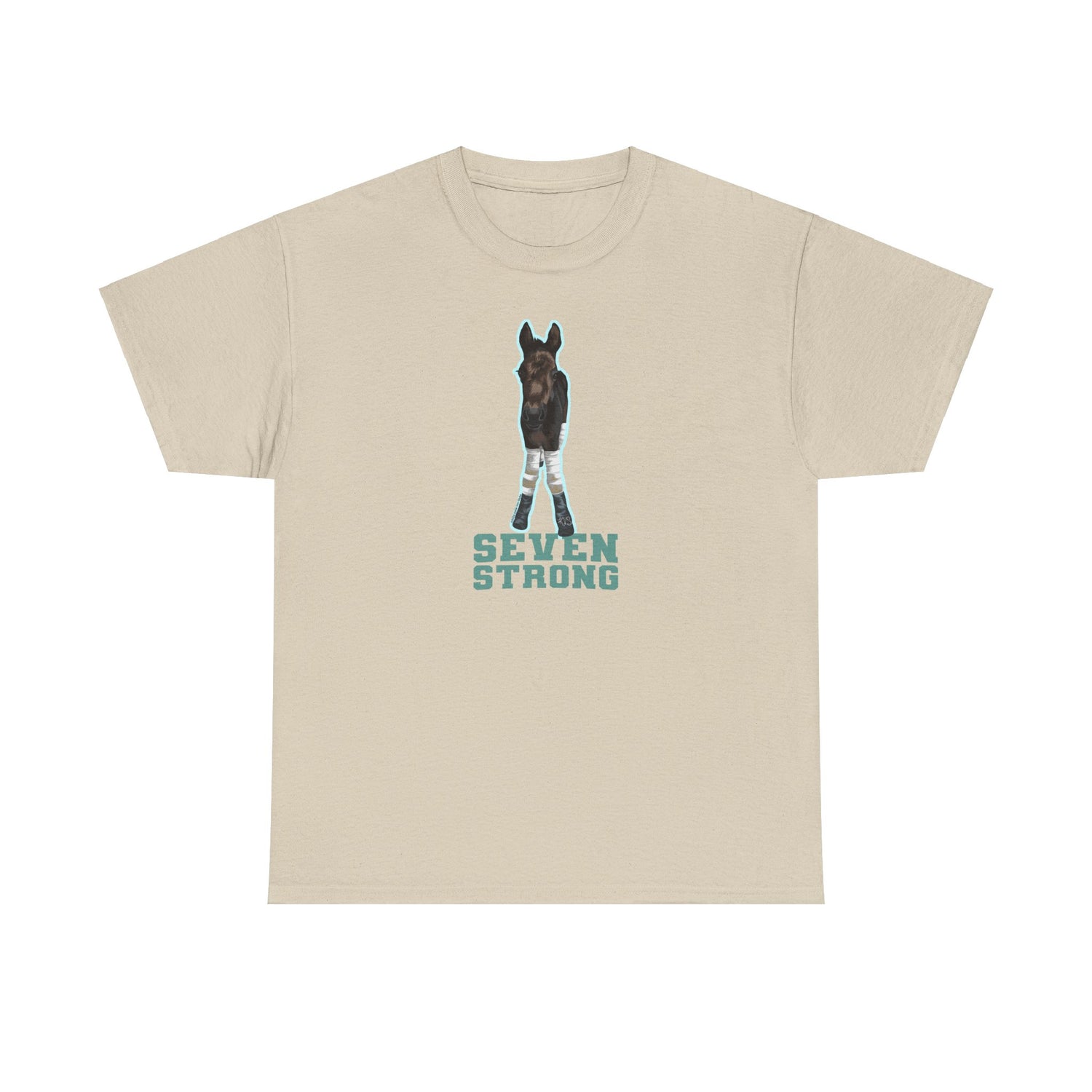
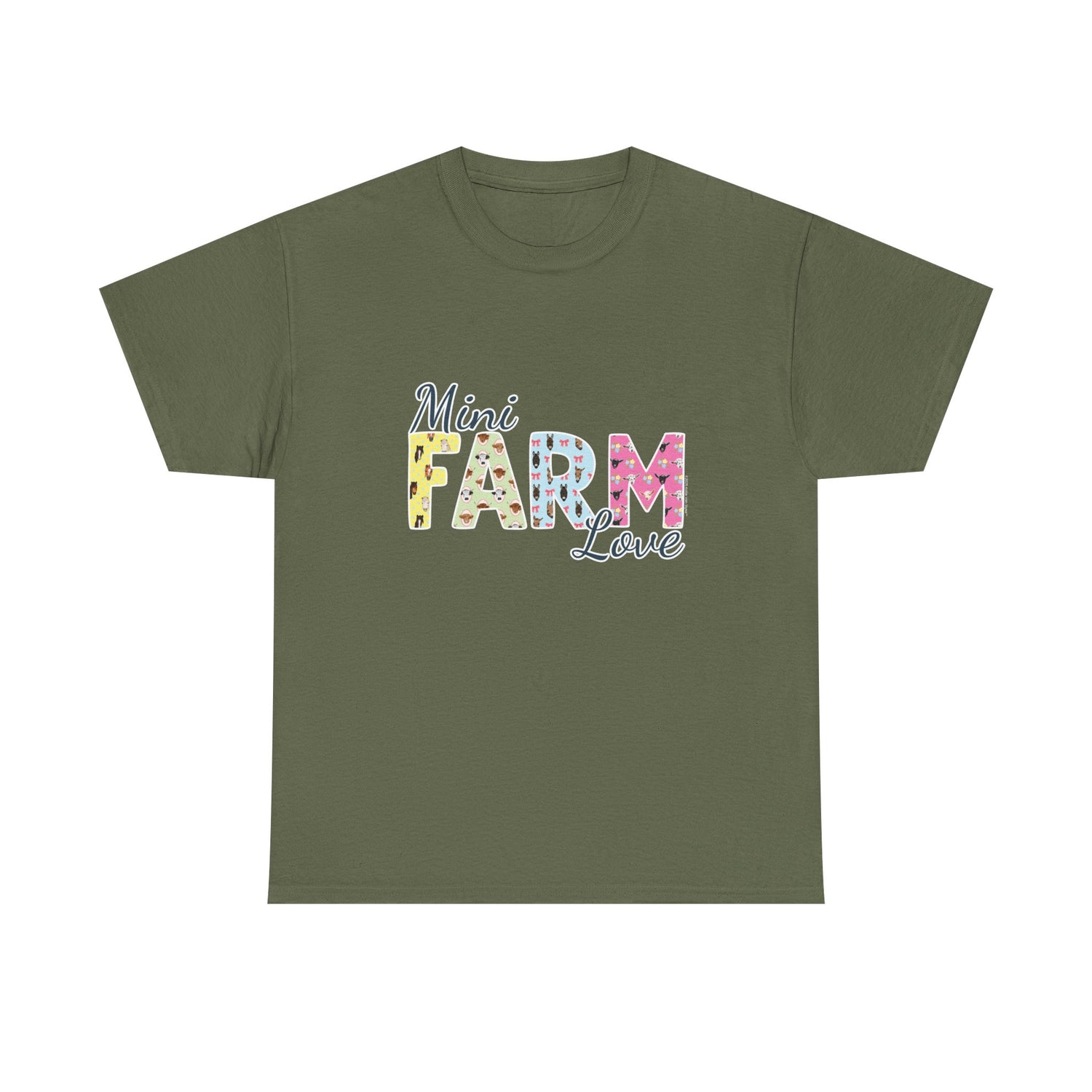
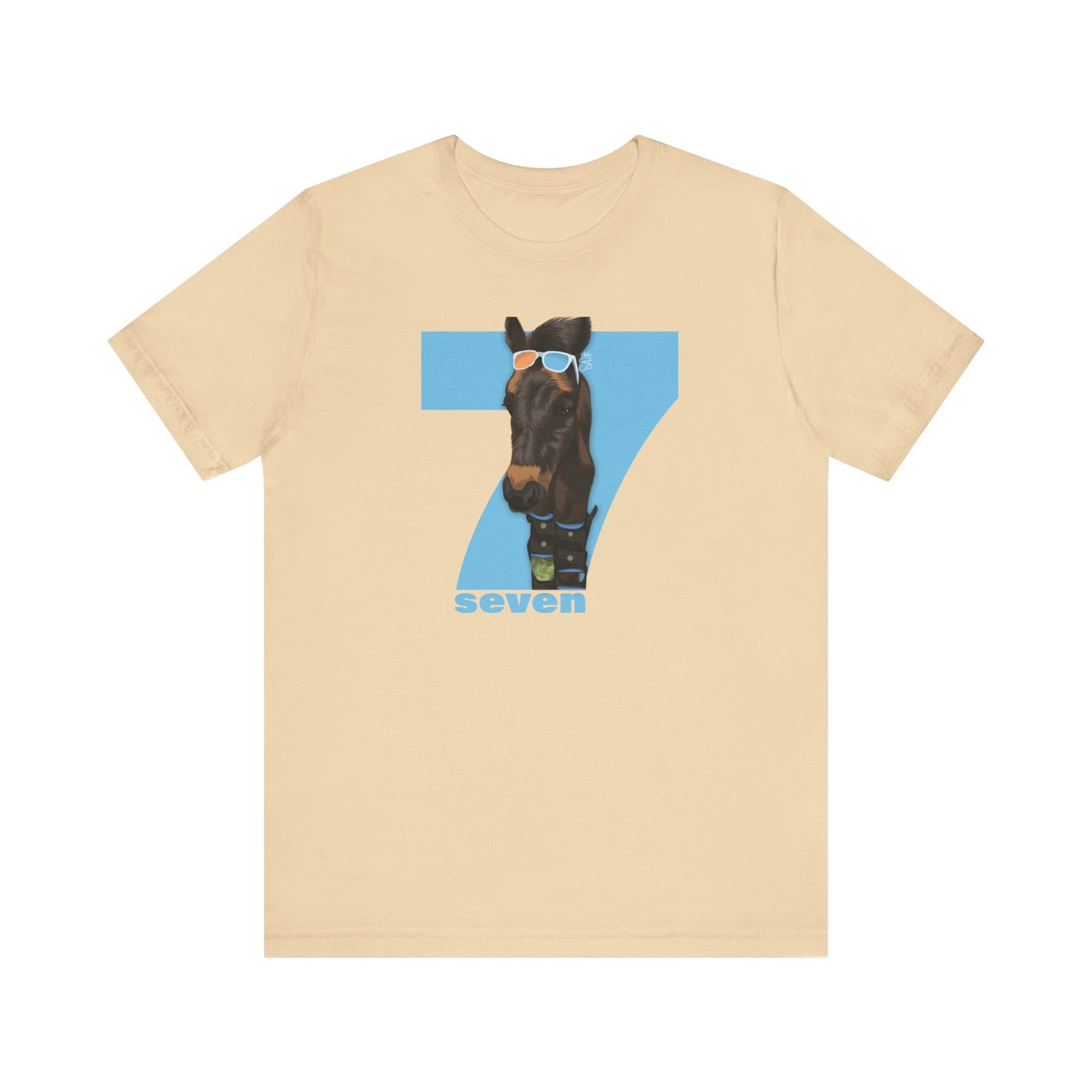

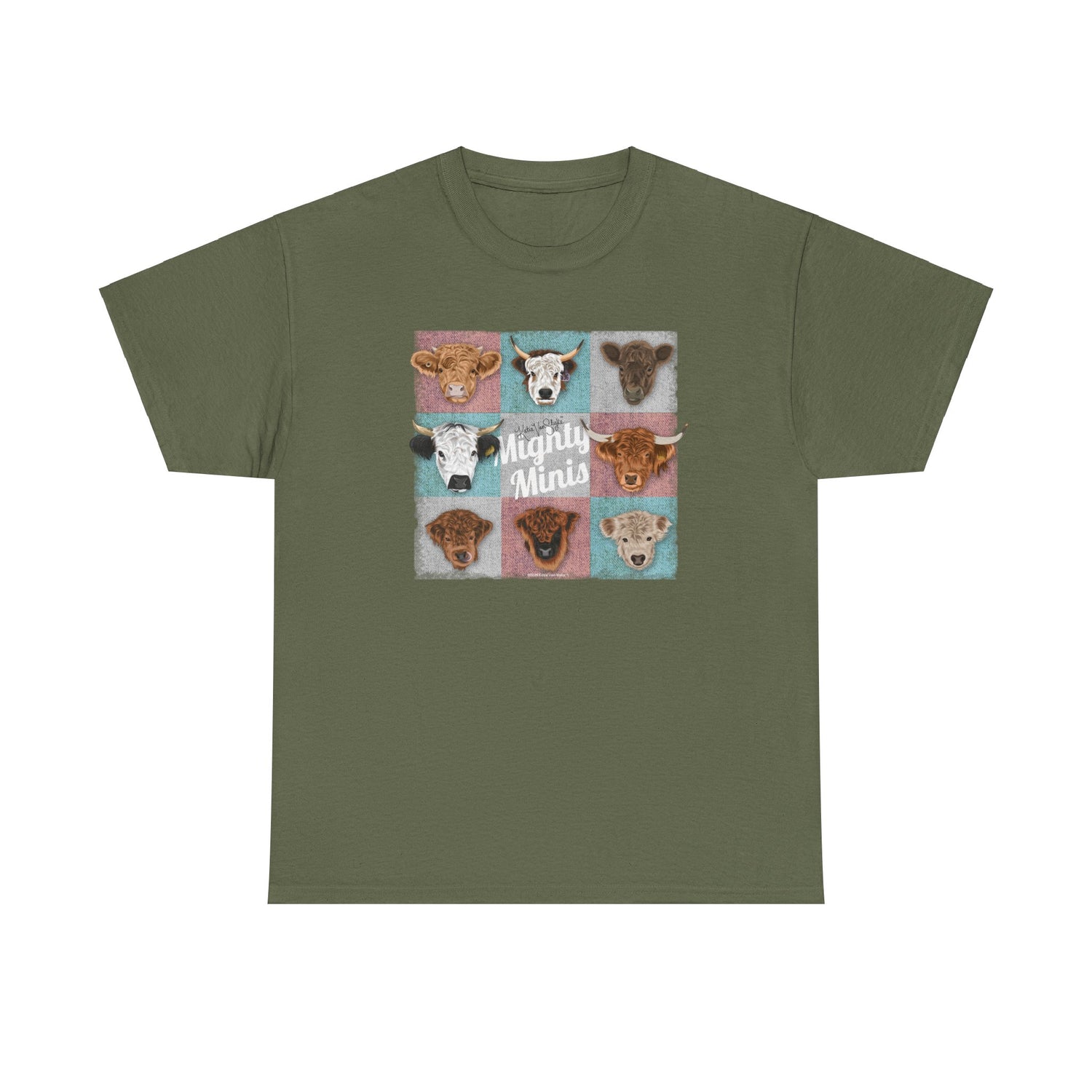
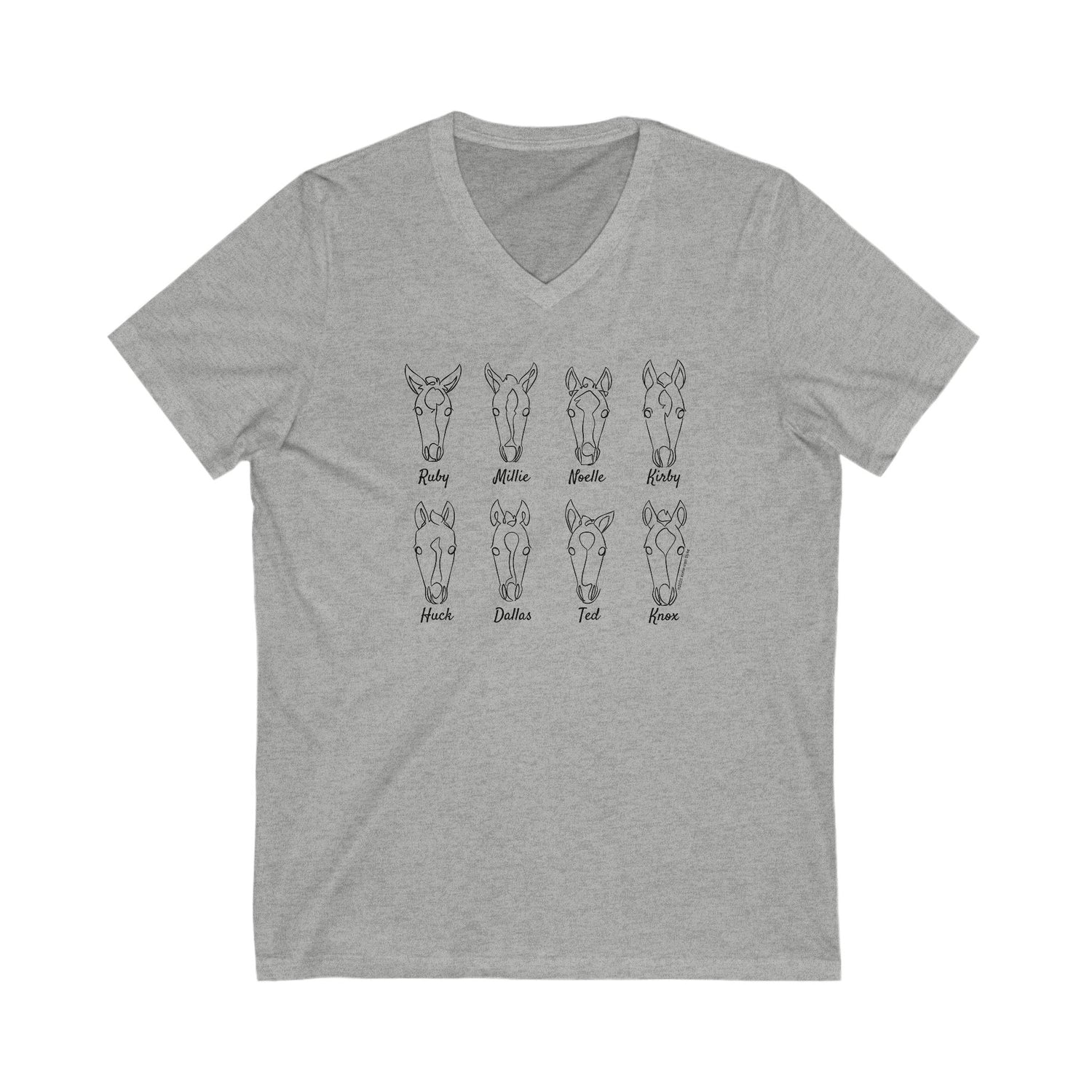
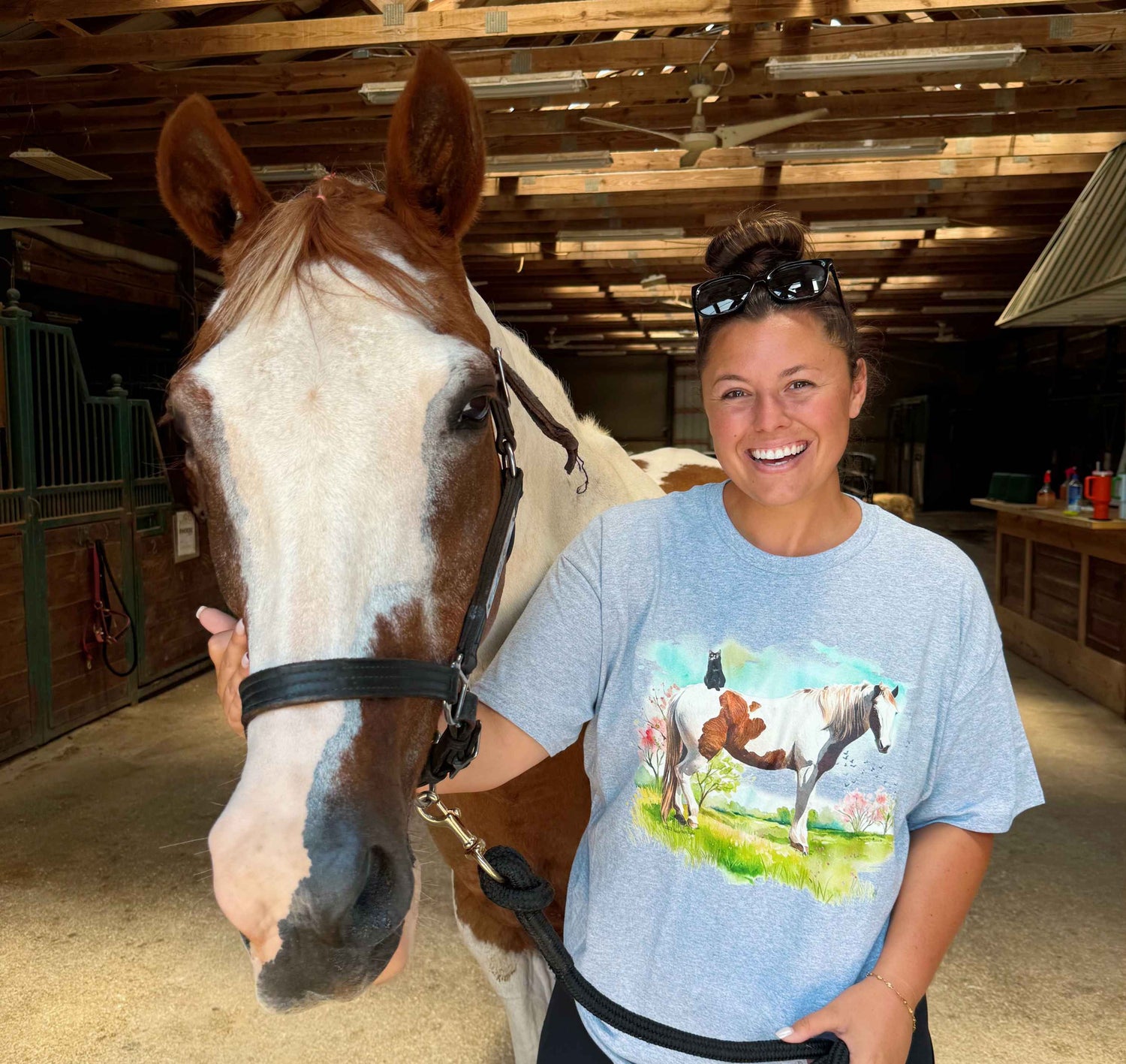
0 comments